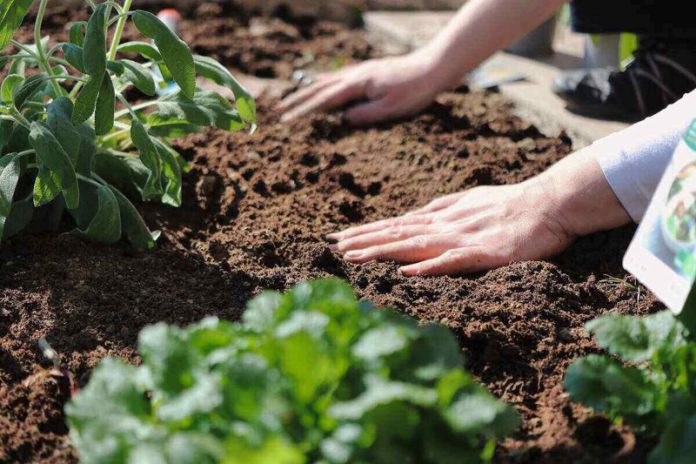Soil, a vital component of our natural environment, plays a crucial role in sustaining life on Earth. It serves as the foundation for plant growth, provides habitat for countless organisms, filters and stores water, and supports various ecosystem functions. While soil might appear to be a uniform substance beneath our feet, it is actually a diverse mixture of minerals, organic matter, air, water, and living organisms. Understanding the different types of soil and their unique characteristics is essential for efficient land use planning and sustainable agriculture practices.
The Basics of Soil Composition
Soil is a fundamental component of our planet’s ecosystem, serving as the foundation for all terrestrial life. Yet, it often goes unnoticed and underappreciated in our daily lives. Understanding the basics of soil composition is crucial not only for farmers and gardeners but also for anyone interested in sustainable agriculture, environmental conservation, or even just the wonders of nature.
Identifying Soil Types
Soil is a fundamental component of our planet’s ecosystem, serving as the foundation for all terrestrial life. Yet, it often goes unnoticed and underappreciated in our daily lives. Understanding the basics of soil composition is crucial not only for farmers and gardeners but also for anyone interested in sustainable agriculture, environmental conservation, or even just the wonders of nature.
Sandy Soil
Sandy soil is a common type of soil found in various regions around the world. Its unique characteristics and composition make it both advantageous and challenging for plant growth. Sandy soil is characterized by its gritty texture and high drainage capacity, which allows water to quickly pass through it, preventing waterlogging and facilitating root aeration. However, this same quality also poses challenges as sandy soil has poor water-holding capacity and tends to leach nutrients easily.
Peat and Organic Soils
Peat and organic soils play a crucial role in our environment, yet they are often overlooked. These unique types of soil have distinct properties that make them both valuable and vulnerable. Peat, in particular, is formed over thousands of years as dead plant material accumulates in waterlogged environments, creating a dense layer of partially decomposed organic matter. Organic soils, on the other hand, contain a significant amount of organic material but may also be mixed with mineral particles.
Matching Soil Types to Landscaping Needs
When it comes to landscaping supplies, choosing the right soil type is just as important as selecting the perfect plants and flowers. Different soil types have varying characteristics that can greatly impact the success of your landscaping endeavors. Whether you are aiming for a lush garden, a thriving lawn, or simply want to create an aesthetically pleasing outdoor space, understanding how to match soil types to your landscaping needs is essential.
Conclusion:
Choosing the right soil type for landscaping projects is a crucial step in achieving a successful and thriving outdoor space. Whether it’s a vibrant garden, a lush lawn, or an ornamental bed, understanding the specific needs of different plants and how they relate to various soil types is essential for their long-term health and vitality. Matching soil types to landscaping needs not only promotes optimal growth but also minimizes the risk of plant diseases and reduces maintenance requirements.















